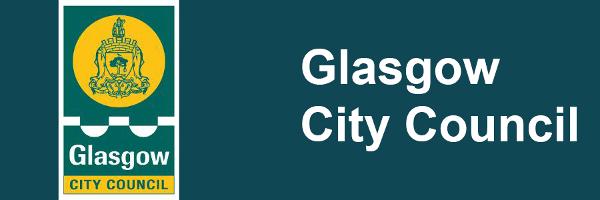What Happens to Your Bin Contents?
Where does the contents of the blue bins (dry mixed recycling) go?
The contents of the blue bins are taken to the Councils Materials Recovery Facility at Blochairn (please note that there is no access to the public at this site) where they undergo a manual and mechanical sorting process to separate the contents of the blue bin. The separate materials are then sent to re-processing partners for recycling.
Destinations of processing partners can change as market conditions change, but materials are primarily processed in the UK.
Where do the contents of the brown bins go (food and garden waste)?
The food and garden waste is collected within the brown bins (provided to houses only) and this is taken for treatment to an in-vessel composting facility. This is a carefully controlled 3 stage treatment process, namely;
- Stage 1 - shredding the waste into a uniform size and storing within an enclosed bay. Heat builds up due to naturally occurring organisms already in the waste, killing pathogens and weed seeds. This process could take 7 days - 3 weeks
- Stage 2 - the material is then moved into a second enclosed bay for a similar timeframe to ensure all parts of the waste reach the same temperature
- Stage 3 - The waste is then left to mature for 10-14 weeks in open windrows to allow the waste to stabilise
A range of composts are produced for use within small and large scale projects; landscaping, re-development sites and within domestic gardens.
The film below provides some more information on the journey of this material stream.
Where do the contents of the purple bin go (glass bottles and jars)?
The glass bottles and jars are recycled within Scotland via a treatment plant which processes the different colours of mixed bottles and jars, via a process of screening, sizing, contaminant removal and colour separation.
Approximately 90% of the glass processed by the facility is sent as glass cullet to be recycled back into glass bottles. A portion is also used to produce glass aggregate for use within the construction industry.
There is no requirement to remove metal caps from bottles and jars, as these are separated by the plant and also recycled.
Where do the Contents of the grey bin go (food waste from flatted properties)?
Grey bins are provided to flatted properties only and are used for the collection of food waste. The food waste is taken to an anaerobic digestion plant for treatment. This facility treats the food waste which produces a biogas used to generate electricity which is fed back into the national grid. A solid and liquid fraction is also produced, called digestate, which can be applied to land as a bio-fertiliser.
The film below provides more information on this journey of food waste collected from flats and multi-storey properties.
Where do the Contents of the green bins go (general waste)?
The general waste bins are for all materials that are not collected within the suite of recycling bins.
General waste is initially taken to one of the Council's transfer stations were material is bulked prior to being taken to the Glasgow Recycling and Renewable Energy Centre for treatment. Further information on this facility is available on the website.
Some general waste is still landfilled, although over recent years, since the opening of the GRREC, has reduced considerably and continues in a downward trend.
Where do other material collected by the Council go?
Materials collected within the household waste recycling centres is sent to some of the facilities noted in questions above. Some material e.g. garden waste, electrical equipment, scrap metal and timber is sent to different processors for treatment and recycling.
Bulk waste is also taken, via the Council's transfer stations, for treatment to a private sector re-processor which extracts material for recycling e.g. metals, rubble, timber, cardboard. Any remaining fraction after recyclable material has been removed is processed with an energy from waste facility.




